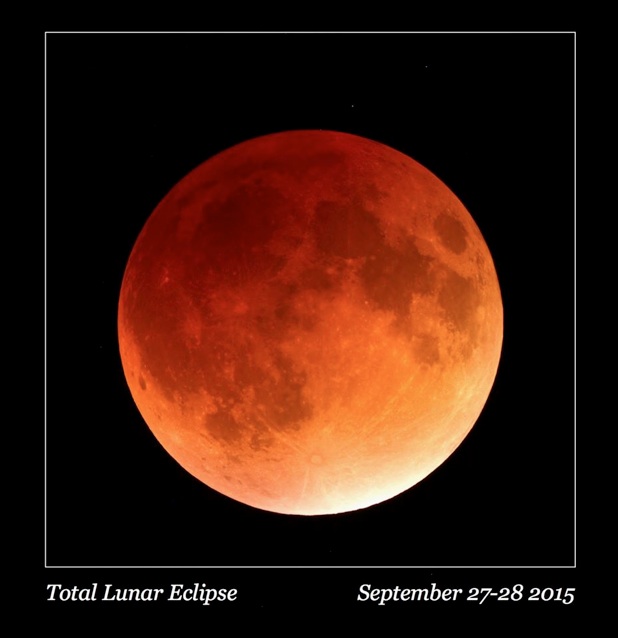backyard astrophotography
The eclipsed Moon during the total lunar eclipse on September 27-28 2015, Exeter - Devon. Albena Nikolova and I took this picture using our Celestron 9.25" telescope and a digital camera. Several stars are well-visible around the limb of the Moon. This is because the Moon was quite weakly illuminated inside the shadow of the Earth. The orange-red color of the lunar surface is a result of the sun light filtered and bended (refracted) by the Earth's atmosphere at the border of the day and night (terminator). Our atmosphere scatters out more blue light, which makes it to appear blue during the day and causes the sunrises and sunsets to appear orange-red.

Cassiopeia constellation rising above the roof of our neighbours at Exeter on a Moonless September night. I used Canon 60D and 1.8/50mm lens. The large sizes of the stars were produced by Cokin P840 softener filter. I stacked 3x1.5min images plus one without the filter not to loose the faint stars; September 2013.

M27 also known as the Dumbbell Nebula as seen through our 9.25 inch Celestron telescope from Exeter. This object ia a planetary nebula in the constellation Vulpecula, at a distance of about 1,360 light years. M27 was the first planetary nebula to be discovered by Charles Messier in 1764; August 2014.
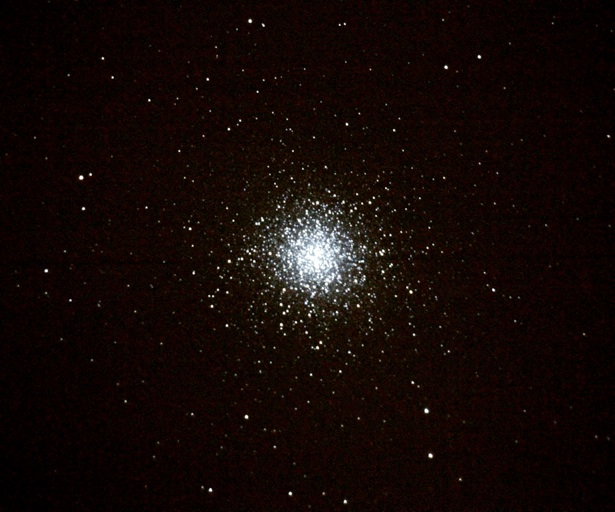
The great globular cluster in the Hercules constellation, also known as M13. This object is about 22 200 light years away from Earth and contains about 300 000 stars. The image is a stack of eight 1-min exposures with Celestron 9.25 inch; August 2014.
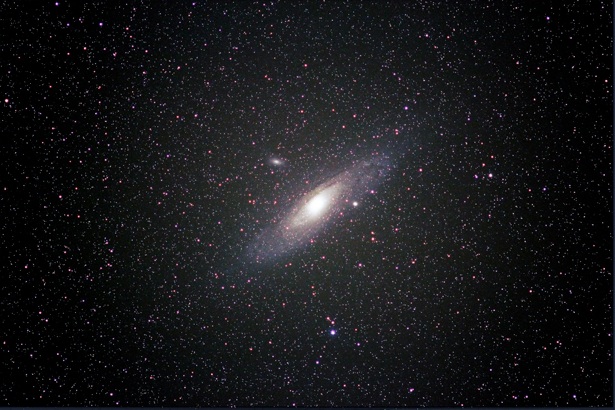
Andromeda Galaxy (Messier 31) from Exeter in September 2013. Celestron CG-5 equatorial mount and Canon 60D with Asashi Super Takumar 200/4 lens. The image is a stack of 6x2min exposures. The light from M31 we see here travelled 2.5 million years before it reaches us. It is amazing how clear the sky can be here at Exeter!
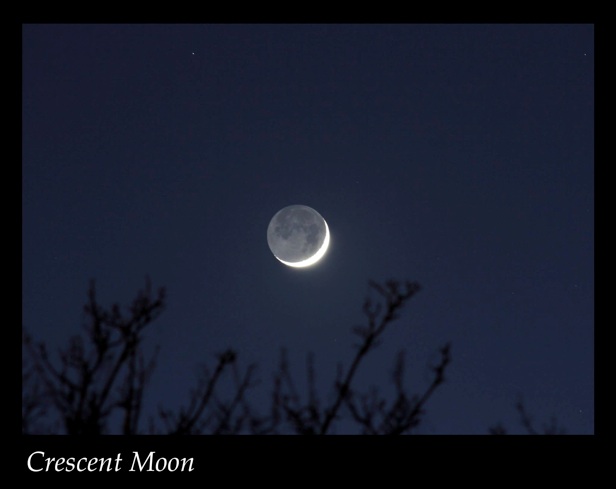
The crescent Moon last evening (2014 January 03) from Exeter. I used a stationary tripod and old Takumar 4/200mm lens exposing for 2-3s at ISO 200. Note the dark part of the Moon which is illuminated by Earth reflected sunlight. Beautiful!
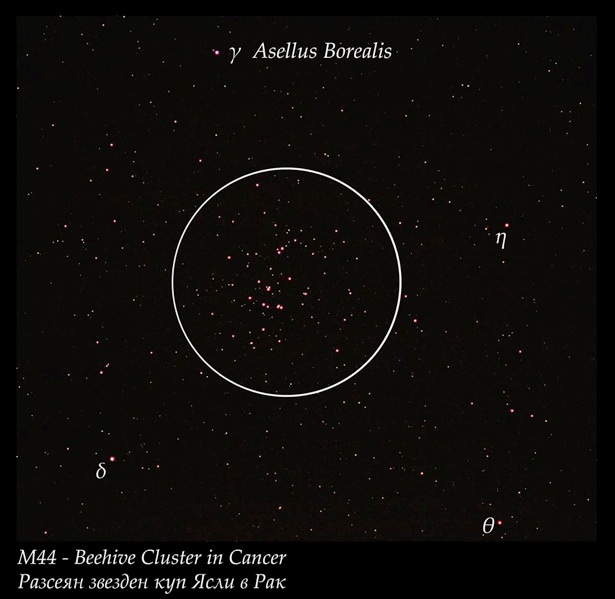
The sky cleared suddenly early that morning (2014 January 5) offering great transparency and darkness. I couldn't sleep after I saw it and took many pictures. This one shows the famous open cluster Beehive in Cancer. The star gamma, known as Asellus Borealis means 'northern donkey colt' from Latin. The image is a result of 15x0.8s images at 6400ASA using Takumar 4/200mm with no star tracking.
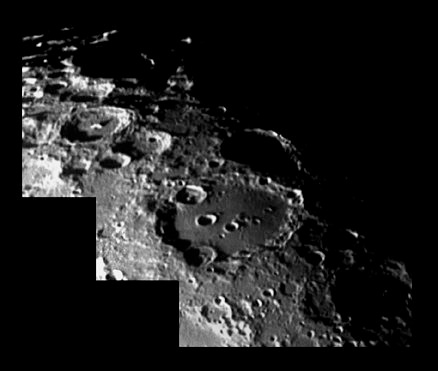
Small portion of the lunar surface around the limb and the day-night border (terminator), as seen through an old Russian large school refractor 80/800mm. I used 12mm eyepiece to magnify the Moon and acquired a few thousand frames with Philips ToUcam Pro webcam. The individual images were aligned, stacked and enhanced with Registax 3. Following this routine three individual views were obtained, which were finally put together to make the resulting mosaic; October 2005.
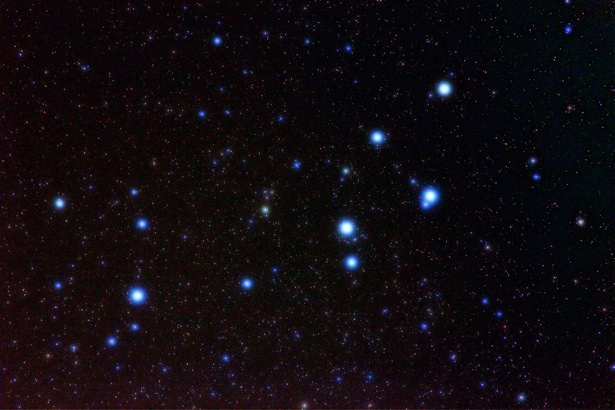
The constellation Delphinus from our backyard in Exeter; August 2013. I used 135mm old Chinon lens (Auto Chinon 2.8/135), Canon EOS 60D and Cokin P840 softener filter to emphasize the colors of the stars.
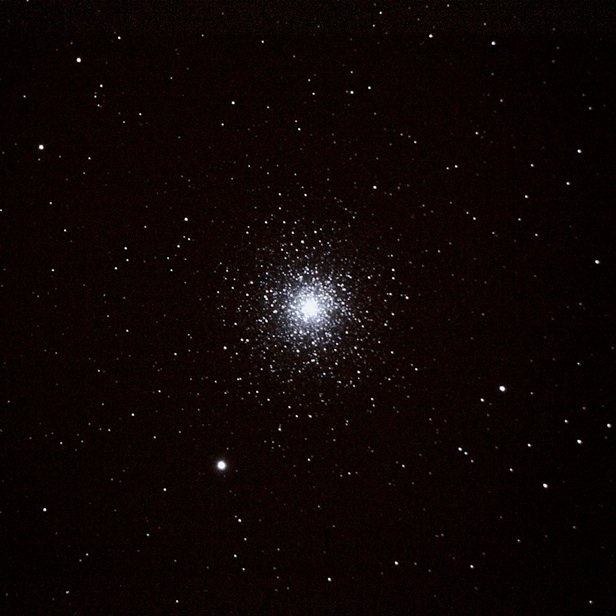
M15 is a globular cluster consisted of more than 100 000 stars, located in the constellation Pegasus about 33,600 light-years from Earth. The object is one of the oldest known globular clusters with an estimated age of ~12.0 billion years. I used Celestron 9.25 inch and collected nine images which were then combined; August 2014.
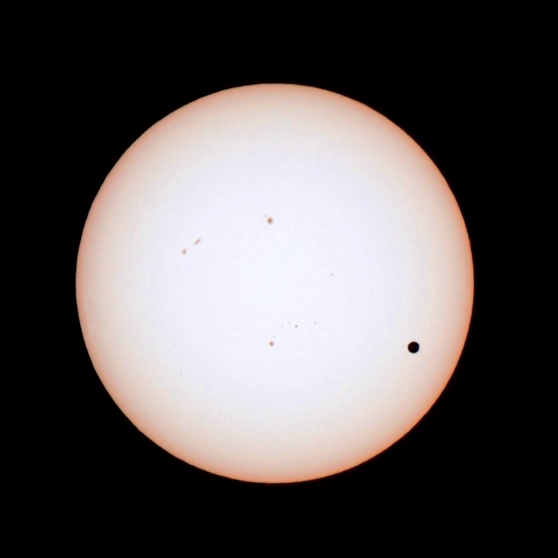
Venus transit 2012 as it was seen from Canberra, Australia. I used an old Russian MTO 1000/10 (Maksutov) lens, Canon 450D and Baader Planetarium solar foil filter.
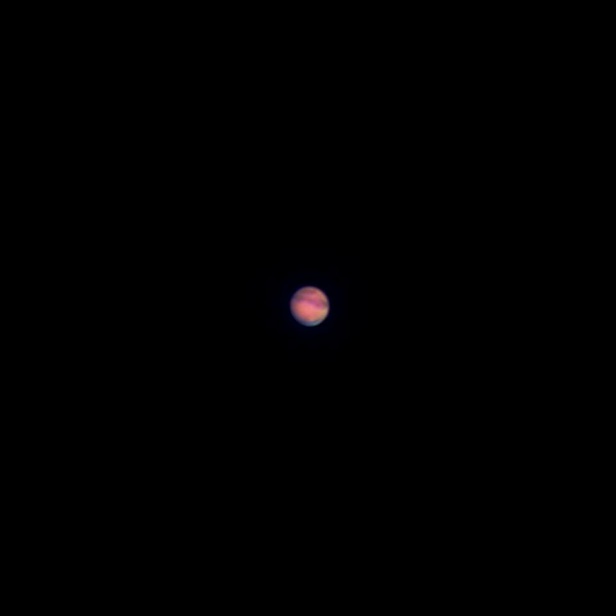
The planet Mars just five days before its opposition in October 2005. I re-processed old data today. The image was obtained with Russian school refractor (D=80mm and focal length 800mm) equipped with 12.5mm eyepice and Philips ToUCaM-Pro II. I aligned and stacked ~4000 images with Registax 6.
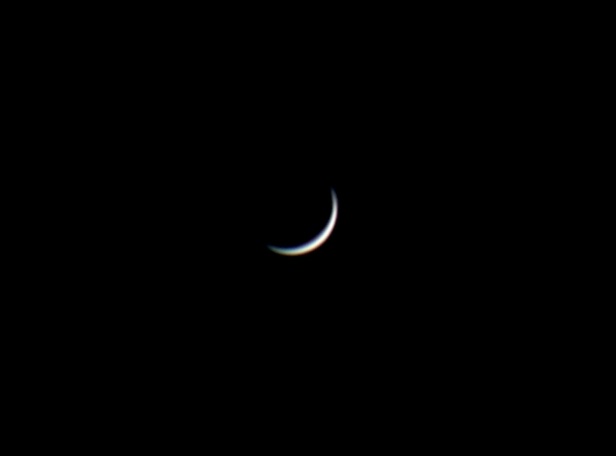
Venus (December 23 2005) from our (me and Albena Nikolova) balcony in Veliko Tarnovo through 8cm refractor, eyepiece projection and webcam.
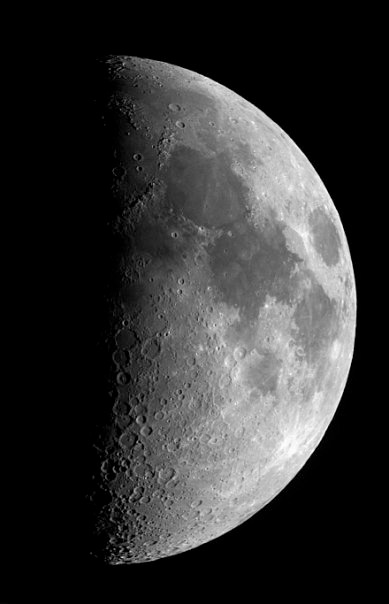
The image was taken using a Russian refractor (D = 80mm, f/D = 10) and Philips ToUCam ProII webcam. The individual pieces of the resultant mosaic were processed in Registax 2.0 and assembled in Photoshop 7.0. It was a lot of fun :) The image we took together with my wife Albena in October 2005.
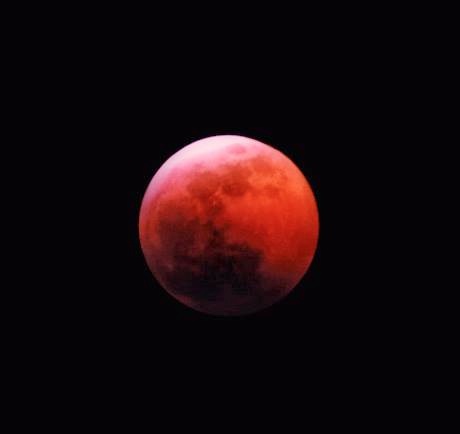
The Moon close to the maximum eclipse phase on January 9 2001 total lunar eclipse. Although it was winter the weather was abnormally warm with temperatures aroun 10C during that part of the night! Zenith film camera (200ASA), 8cm telescope and Albena and me. We were quite proud finding this picture and the partially eclipsed Moon (previous) appearing in Veliko Tarnovo's "Yantra dnes" local newspaper on the next day.
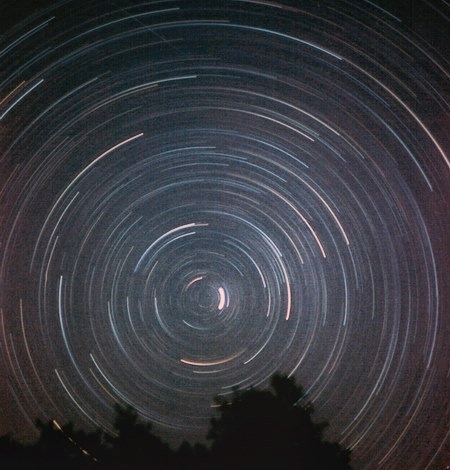
Star trails around the Polaris (the bright star close to the center of the image) in August 2000 from the small village of Balvan near Veliko Tarnovo. We attached a Zenit analogue camera and 100ASA film and exposed for about 4 hours with Galin Gyulchev. While we found that the camera and lens were covered by water that must have condensed from the humidity, we were happy finding a meteor near the top of the image.

